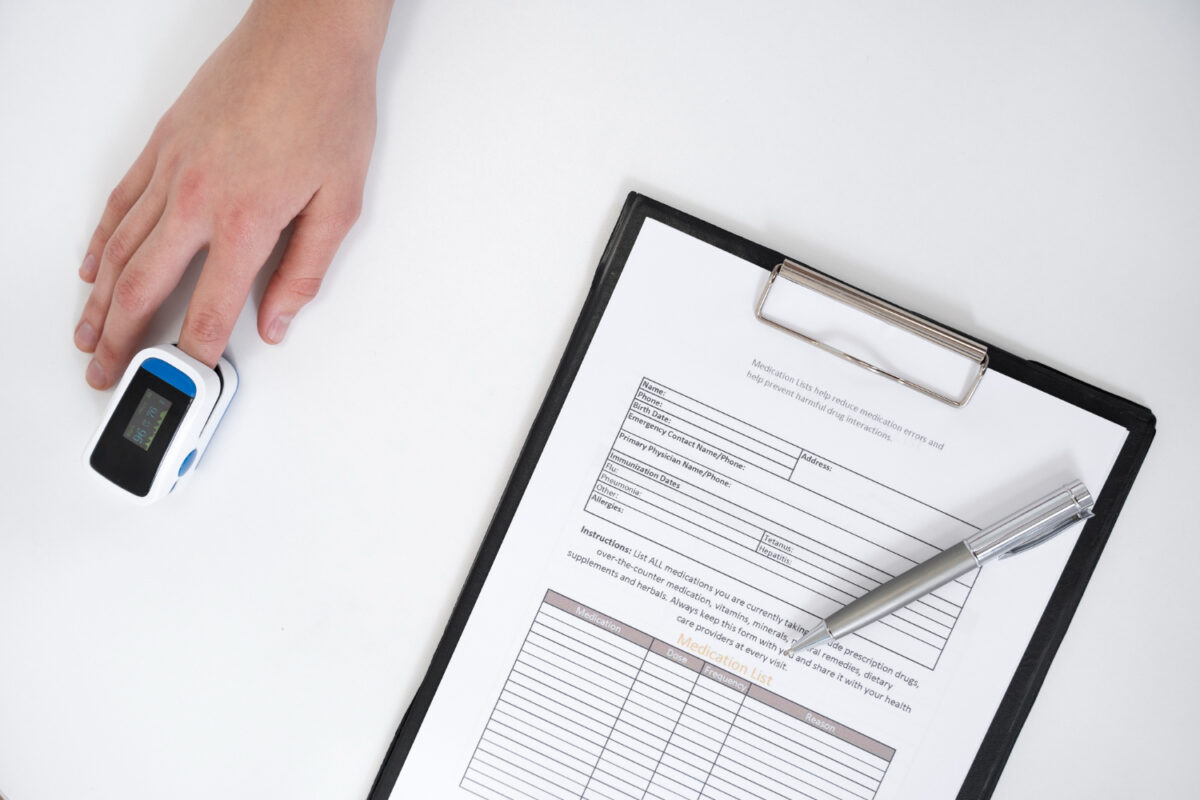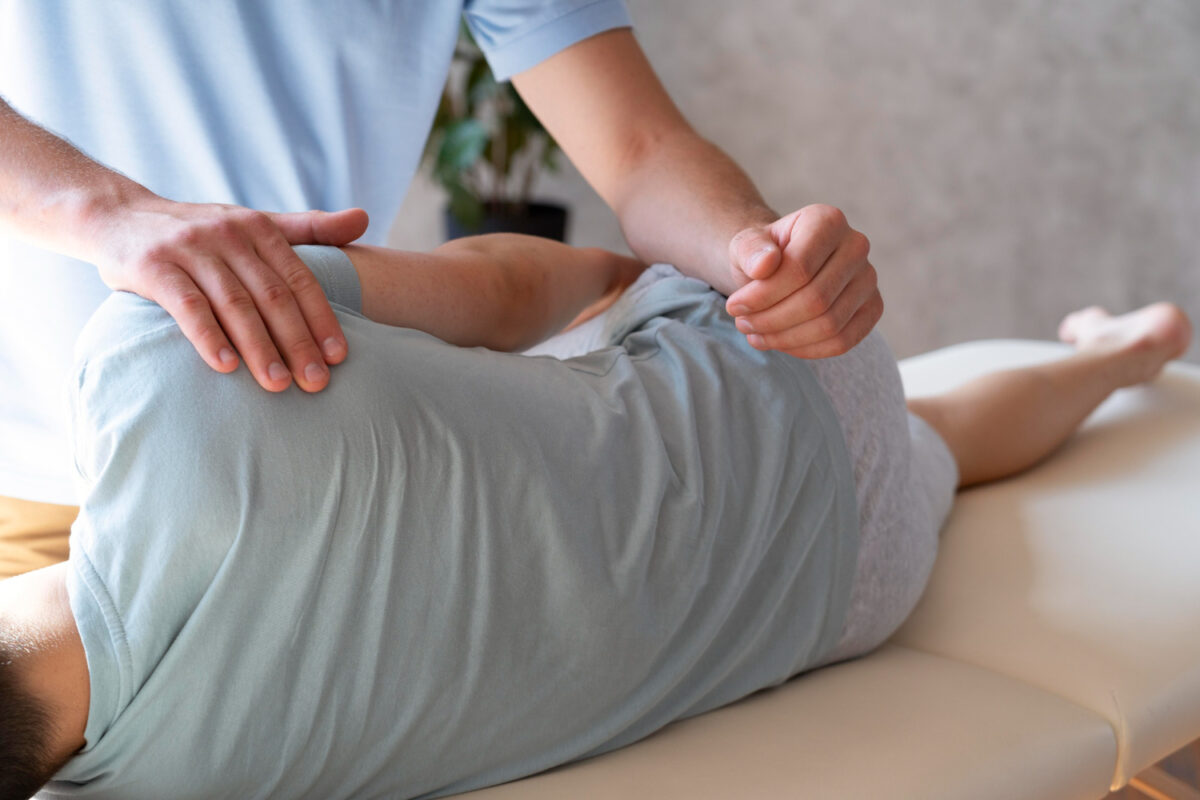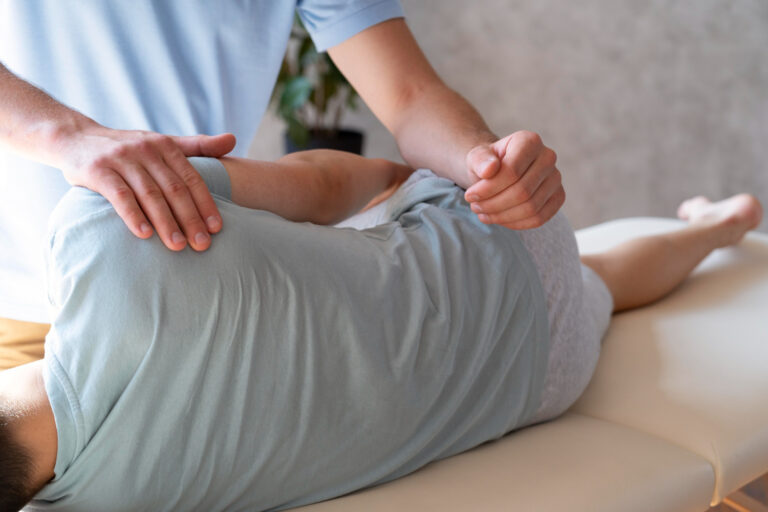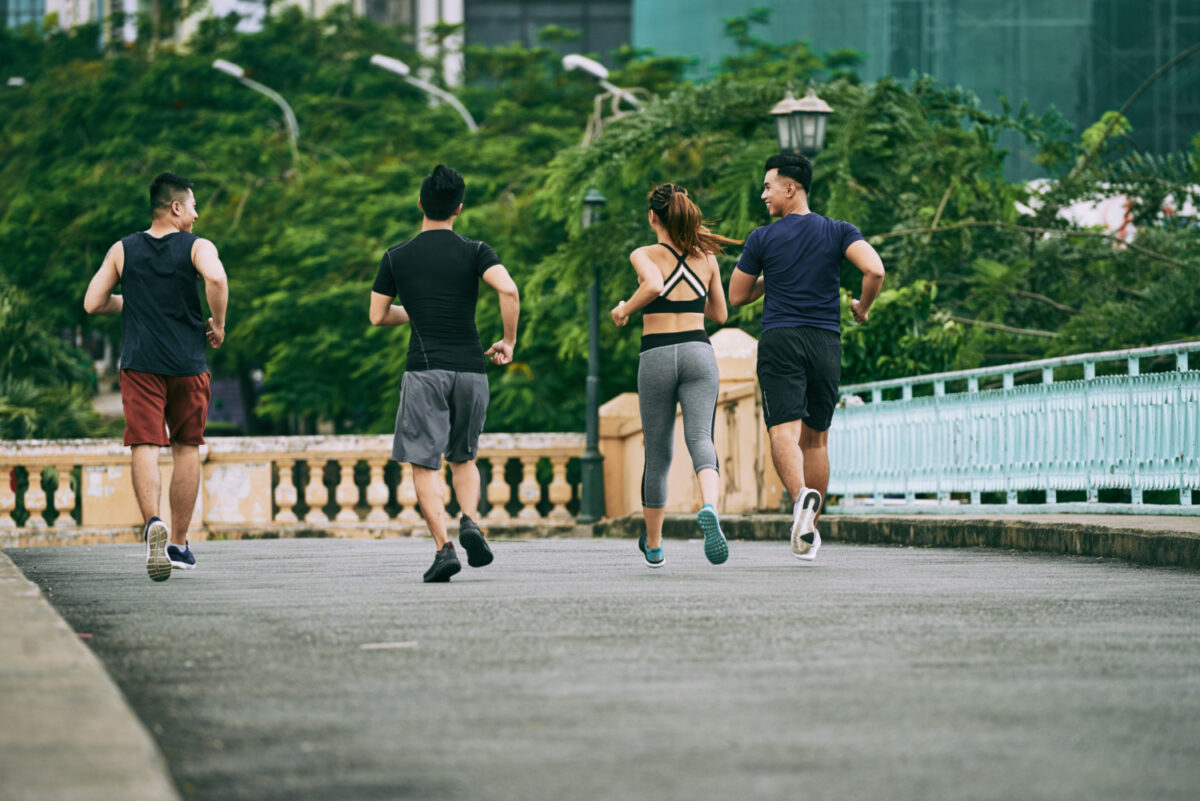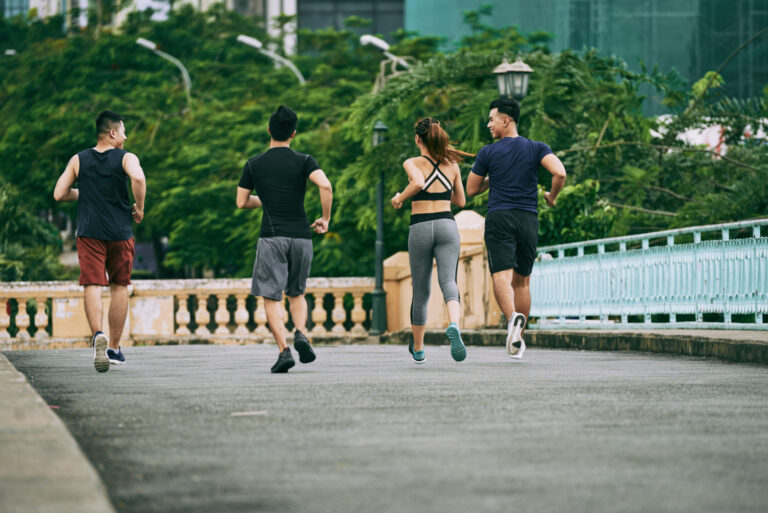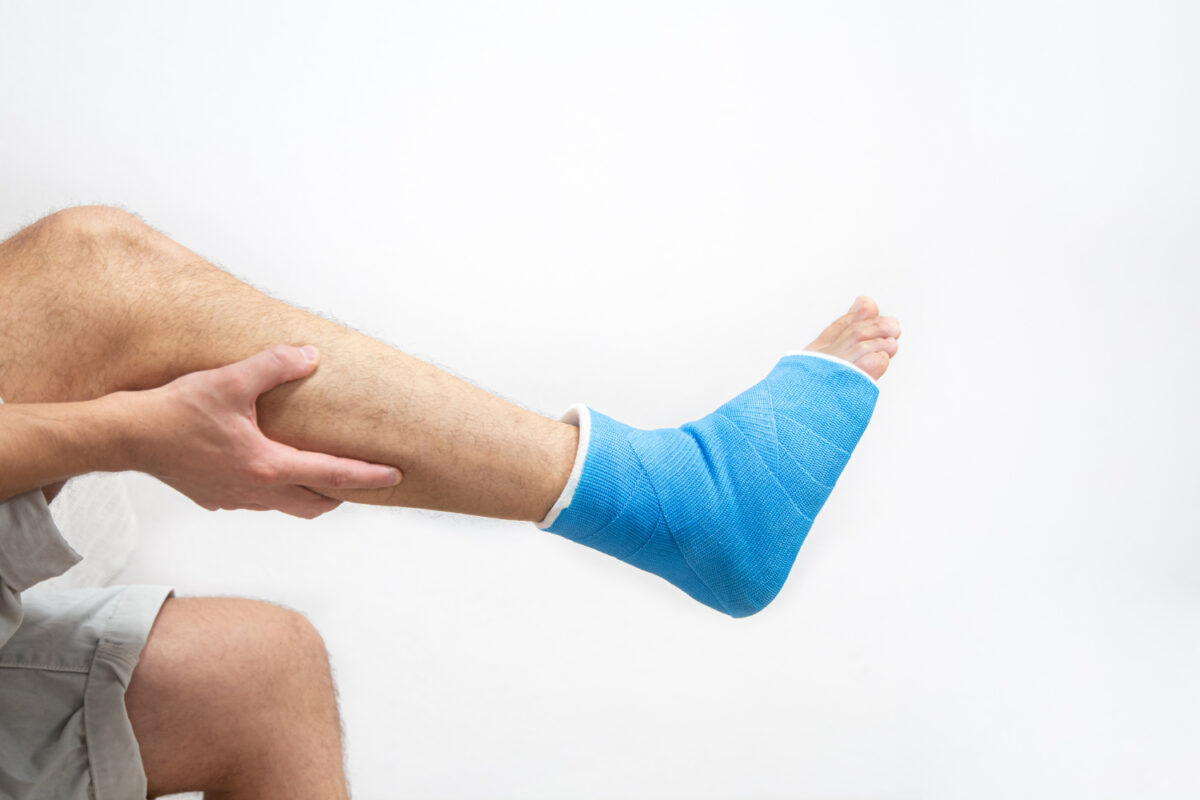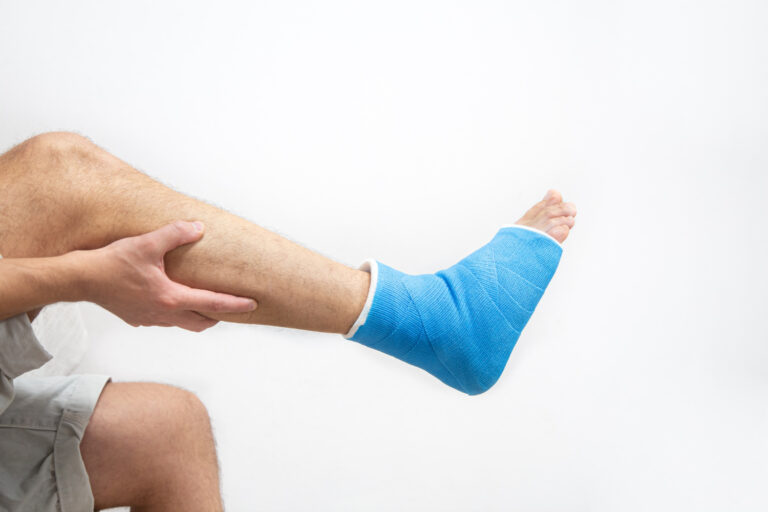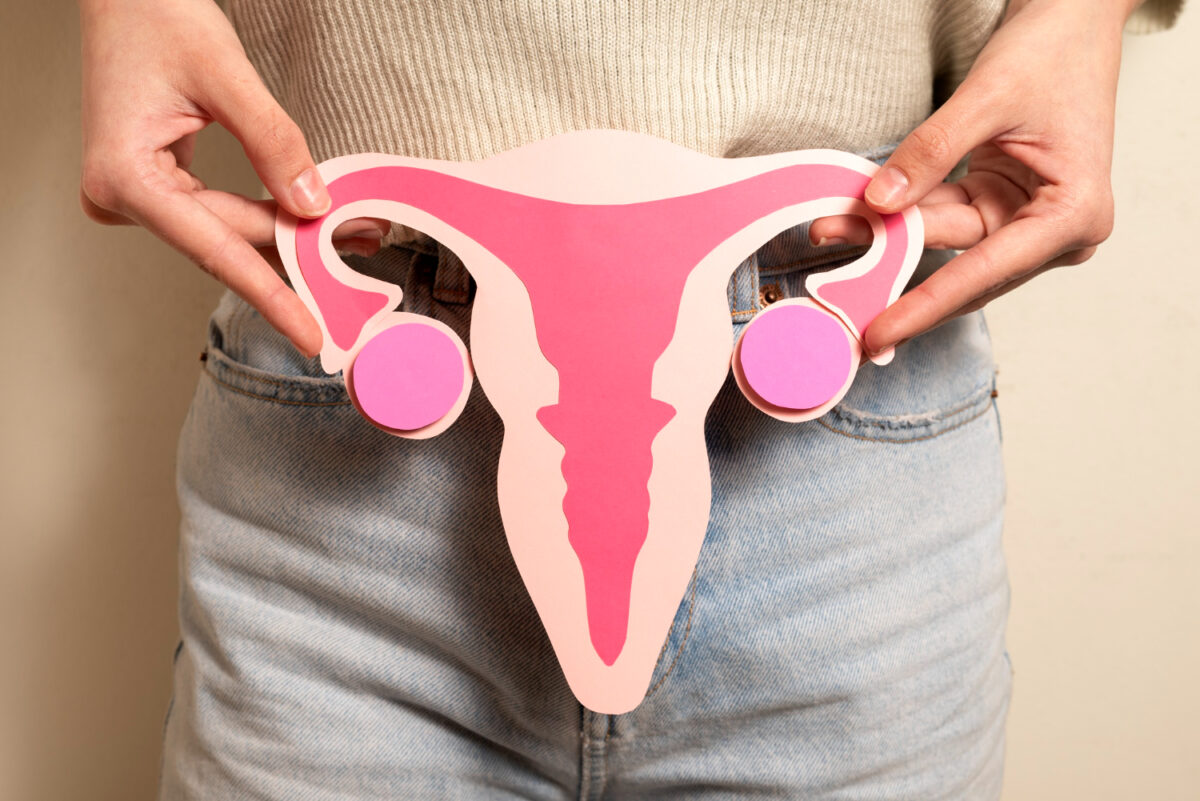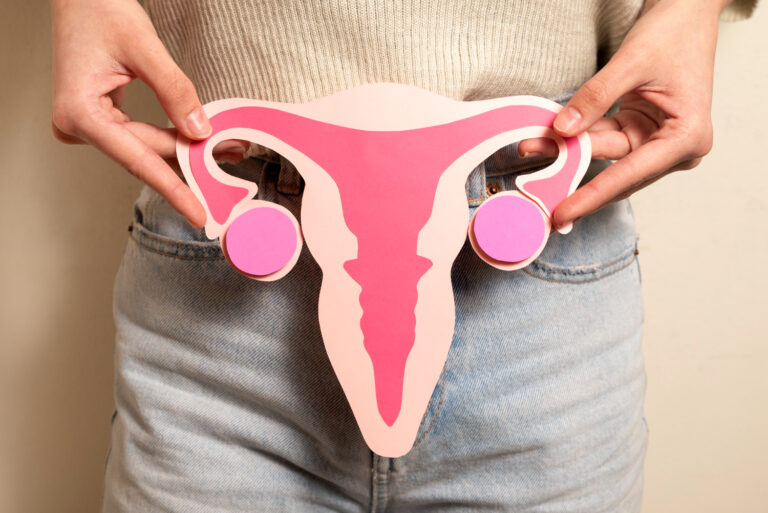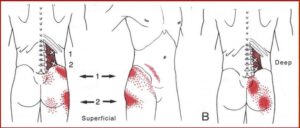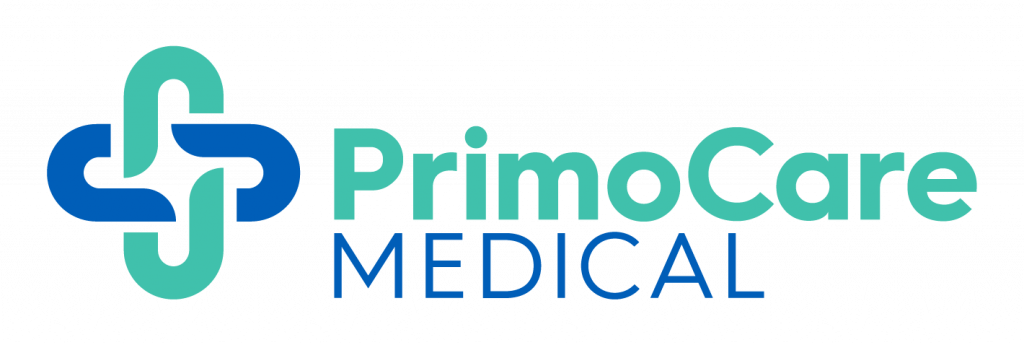/ บทความ / Tips to Manage Chronic Medical Conditions
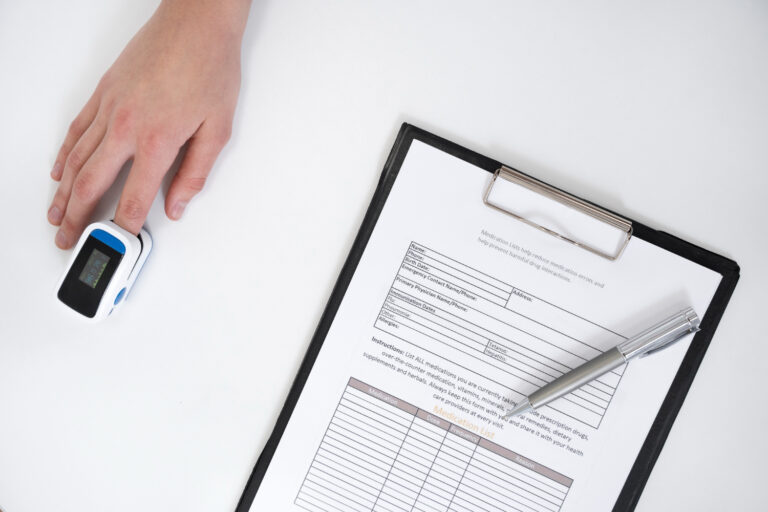
What is A Chronic Condition?
A chronic disease is a condition that lasts for 3 months or longer which requires continuous medical attention, daily activity adaptations, or both.
It is challenging to manage chronic conditions, especially non-communicable diseases (NCDs), such as diabetes, heart disease, arthritis, and cancer. However, these conditions can be maintained through the right strategies of lifestyle changes.
Common Causes of Chronic Conditions
The common causes of chronic medical conditions include:
- Usage of tobacco and exposure to second-hand smoke .
- Malnutrition
- Physical inactivity
- Excessive alcohol drinking
How To Manage Chronic Conditions?
To reduce the risk of developing NCDs:
- Collaborate with healthcare providers: Healthcare providers play an important role when it comes to treating and managing chronic medical conditions as they can provide guidance on lifestyle changes, develop treatment plans tailor for you, and inform how to monitor the conditions. It is important to make sure to keep regular appointments and schedule consultations with your healthcare provider to discuss any concerns or challenges you’re facing.
- Lifestyle adjustments: Lifestyle adjustments, such as maintaining a healthy diet, engaging in regular exercise, and obtaining sufficient sleep, can significantly affect in managing chronic medical conditions. With the guidance of the healthcare provider, develop a plan that is specific to requirements. Treatments like physical therapy and nutrition counseling can be part of the adjustment for more effective and efficient results.
- Seek assistance: Managing a chronic condition can be challenging, both physically and emotionally. Get assistance from family, friends, or a support group to help you get through the challenges you’re facing. Therapies and meditation which can enhance mental health can be considered to help manage stress and improve mental health.
- Keep track of prescriptions: Managing a chronic condition can be challenging, but with the right strategies and resources, it’s possible to improve the condition and maintain a good quality of life. Consult with the healthcare provider to develop a suitable treatment plan for you and make lifestyle changes to improve your health.
Although managing chronic conditions might be difficult, it is possible to retain a high quality of life while also enhancing your health. Develop a treatment strategy that is effective for you with the help of your doctor, alter your lifestyle to enhance your health, get support when you need it, and take your medications as prescribed. Asking for assistance is important since managing a chronic condition requires collaboration.
If you are planning to make lifestyle changes or consult with the medical professionals for your chronic conditions, visit PrimoCare Medical Clinic as we are always ready for your optimal health. Make an advance appointment or inquire with us here.
References:

